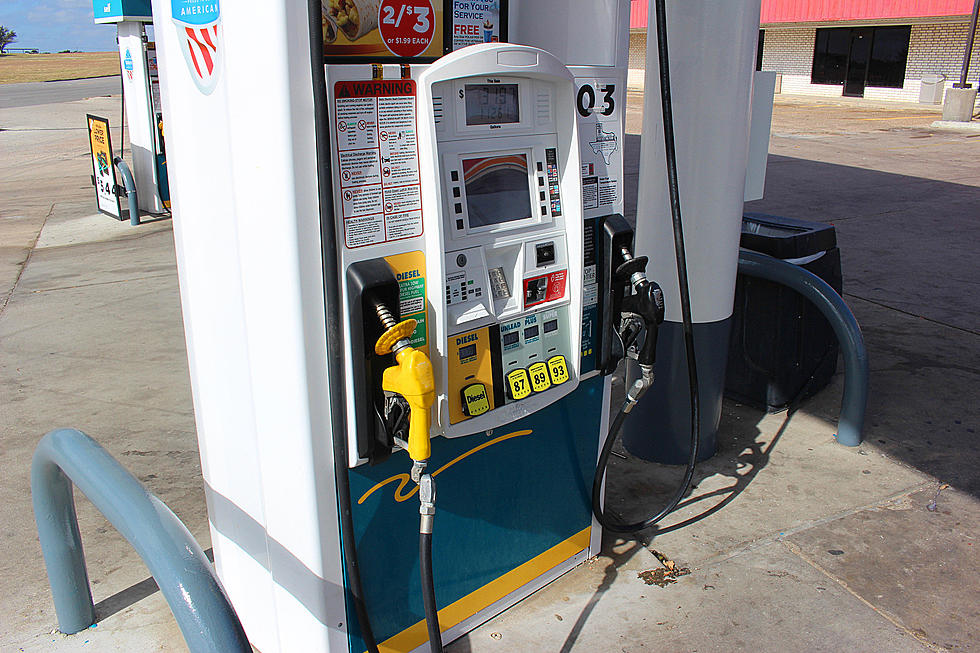
Commentary:Another Stagflation Warning for the U.S. Economy
Sven Larson is an economist with the Wyoming Liberty Group and is a regular guest on KGAB's Moring Zone Program on our special series, "WYOMING PERSPECTIVES" with Wyomig Legislator Amy Edmonds each Friday at 8:07AM MDT.
10/02/2012
By Sven Larson
The Obama administration is still trying to pretend that the economy is recovering. That is a dangerous macroeconomic delusion that not only paves the way for a second dip in the Obama recession, but also, as we will see in a moment, opens America for a new encounter with stagflation.
First, the general economic slowdown. As this blog explained in August:
Compared to the second quarter of 2011, GDP has grown by 2.3 percent (adjusted for inflation) which, admittedly, is up compared to a year earlier (1.2 percent in Q2 of ’11 over Q2 in ’10). However, not only is the rate at least a full percent below where it should be if we were in a recovery, but it is also driven by the “wrong” variables. For an economy to be in recovery mode, private consumption must show signs of consumer confidence; today’s GDP numbers show the exact opposite.
It was clear already back in August that consumer confidence was weakening. There is now more data that reinforces this conclusion. A few days ago the Bureau of Economic Analysis published its latest data on personal income, and it is not good news for the Obama re-election campaign. First, the BEA’s summary:
Private wage and salary disbursements increased $4.7 billion in August, compared with an increase of $9.3 billion in July. Goods-producing industries’ payrolls decreased $6.4 billion, in contrast to an increase of $3.2 billion; manufacturing payrolls decreased $5.2 billion, in contrast to an increase of $3.4 billion. Services-producing industries’ payrolls increased $11.2 billion, compared with an increase of $6.0 billion. Government wage and salary disbursements increased $0.7 billion, in contrast to a decrease of $0.7 billion.
Shifts from one month to the next are not very important for long-term trends, but they do help us track swing points in the economy. The weakening trend in private wage and salary disbursements gives a tangible framework to the weaker consumer confidence we saw in the GDP data in August. People are not just less confident because of some general perception of where the economy is heading: they are feeling the squeeze in their own private finances. This kind of confidence weakening is more solid and harder to break, so to speak, than if the weakening was caused by less tangible, macroeconomic variables.
It is, of course, worth noticing that private wage and salary disbursements are still increasing, but the decline in payroll payouts in manufacturing contradicts the overall perception of a manufacturing recovery that has been floating around media. This decline is particularly serious: over the past year there has been a rise in U.S. exports and in business investments related to manufacturing. Now, that “boom” seems to be coming to an end.
In addition to painting a bleak picture of household income, the BEA personal income report hints at more budget trouble for the federal government, and to some degree for our states:
Personal current transfer receipts decreased $1.4 billion in August, in contrast to an increase of $9.5 billion in July. Within current transfer receipts, government social benefits to persons for Medicare increased $2.3 billion, compared with an increase of $6.9 billion. Contributions for government social insurance — a subtraction in calculating personal income — increased $0.7 billion in August, compared with an increase of $1.4 billion in July. Personal current taxes increased $2.4 billion in August, compared with an increase of $3.1 billion in July.
While the decline in personal current transfers – government checks to mostly non-working individuals – could be interpreted as a positive sign for the budget, it is in all likelihood mostly driven by seasonal variations. That is not the case with the Medicare payouts, which are still increasing, in contrast to the overall trend in personal current transfers. Medicare beneficiaries are more “stable” as entitlement recipients, indicating the obvious, namely that the federal government still has an enormous entitlement cost problem.
More serious is the slowdown in social insurance contributions, which obviously works as a tax on personal wage and salary disbursements. This slowdown – half the increase in August compared to July – not only makes it harder to fight the federal budget deficit, but is also indicative of a weakening job market.
The same signal is transmitted by the slowdown in personal current taxes. In a recovery, more people will make more money and thus climb up in higher tax brackets. When we see a flattening-out of personal income tax payments as reported here, the reason is a drop in employment, as opposed to an increase. We could, in other words, be looking at an early indicator of the second dip in the Obama recession.
And now for the stagflation part. The BEA reports that real disposable personal income – personal earnings adjusted for inflation and taxes – actually…
…decreased 0.3 percent in August, in contrast to an increase of 0.1 percent in July. Real PCE — PCE adjusted to remove price changes — increased 0.1 percent in August, compared with an increase of 0.4 percent in July. Purchases of durable goods increased 0.5 percent in August, the same increase as in July. Purchases of motor vehicles and parts accounted for most of the increase in August. Purchases of nondurable goods increased 0.3 percent in August, compared with an increase of 0.6 percent in July. Purchases of services decreased 0.1 percent, in contrast to an increase of 0.3 percent. The price index for PCE increased 0.4 percent in August, compared with an increase of less than 0.1 percent in July.
In other words, we are looking at indicators of a weakening job market, sluggish growth and inflation exceeding real GDP growth.
This combination is called stagflation. I warned about this already five months ago, but concluded that…
…so far we have only seen the very first symptom of stagflation. Hopefully we can dodge this bullet. But the longer we go on without an economic policy that aims to restore prosperity and economic freedom in our country, the harder it will become to avoid – or evade – stagflation.
It is about time that our presidential candidates and members of Congress wake up and smell the stagflation coffee.
More From KGAB









